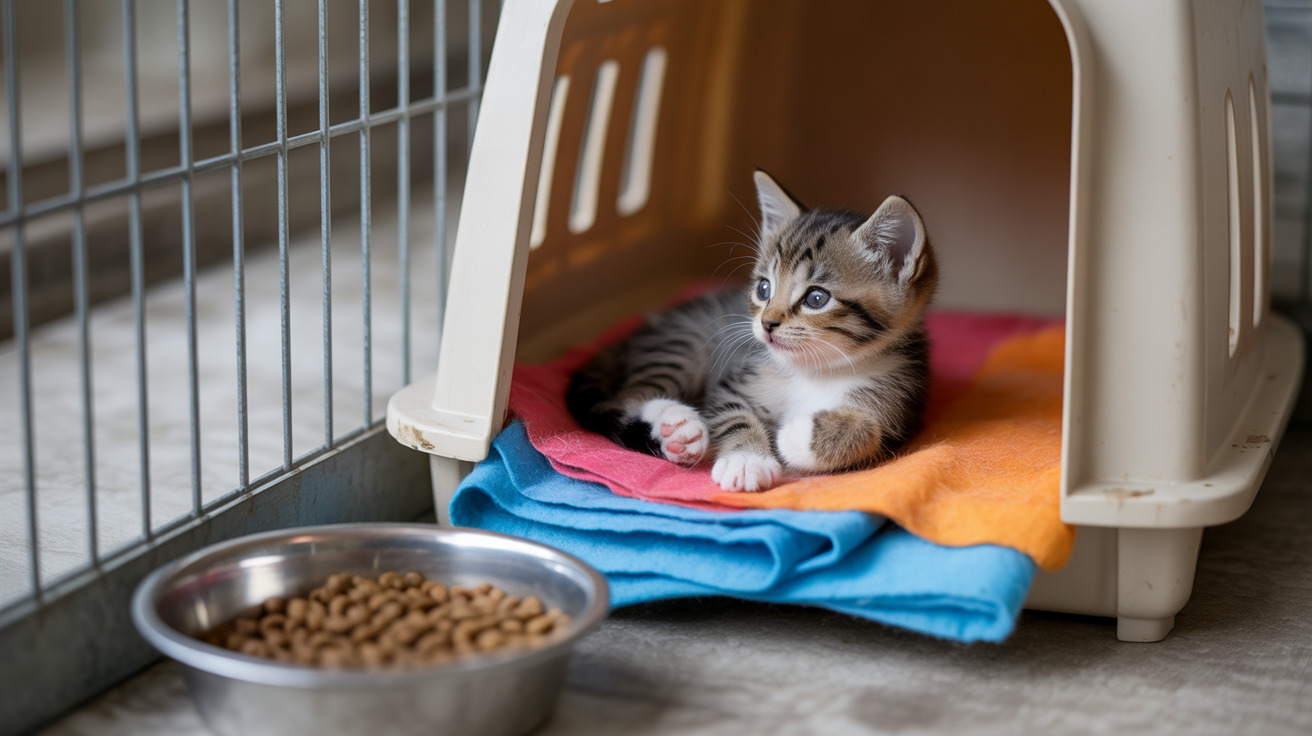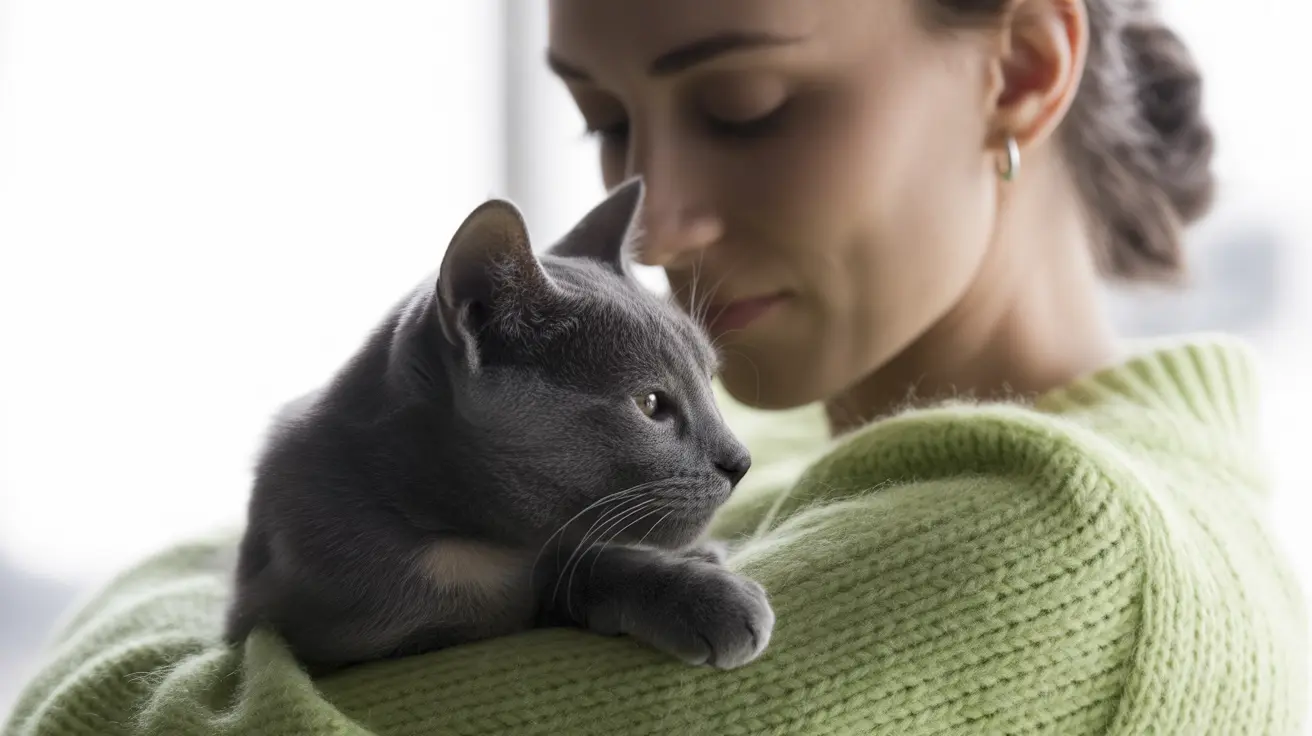The Wisconsin Humane Society is grappling with an unprecedented influx of cats after 120 felines were surrendered in a single day, including 47 cats from just one Milwaukee-area home. This massive surrender has created an urgent need for cat adoption Milwaukee families and foster volunteers to step forward during what officials are calling a critical animal shelter crisis.
The overwhelming number of cats arriving simultaneously has pushed the Wisconsin Humane Society cats program to capacity, prompting shelter officials to issue an urgent plea for community support. When such large-scale surrenders occur, shelters face immediate challenges in providing adequate space, medical care, and individual attention to each animal while working to find them permanent homes.
Understanding the Pet Surrender Crisis
Mass surrenders like this highlight the growing pet surrender crisis affecting shelters nationwide. While the specific circumstances behind the 47-cat surrender haven't been detailed, such situations often arise from hoarding cases, financial hardship, or overwhelming breeding situations that spiral beyond an owner's control.
The reasons why people surrender cats typically include housing restrictions, allergies, behavioral issues, or unexpected financial burdens. However, when dozens of animals come from a single household, it usually indicates a more complex situation requiring immediate intervention and extensive resources to address.
Why Cats Are Being Surrendered in Record Numbers
Animal welfare organizations across Wisconsin are seeing increased surrender rates, reflecting broader challenges pet owners face. Economic pressures, housing instability, and lack of affordable pet care contribute to why cats are being surrendered at alarming rates. Additionally, unspayed and unneutered cats can quickly lead to overwhelming population growth in households unprepared for the responsibility.
The current situation at the Wisconsin Humane Society demonstrates how quickly shelters can become overwhelmed, emphasizing the importance of spay/neuter programs and responsible pet ownership education in preventing future crises.
How to Help Animal Shelters During Cat Shelter Overcrowding
Community members wondering how to help animal shelters can make a significant impact through several avenues. Adoption remains the most direct way to create space for incoming animals, but fostering provides equally valuable temporary relief during overcrowding situations.
Foster cats Wisconsin programs allow volunteers to provide temporary homes for cats who need extra care, are too young for adoption, or simply need space while waiting for permanent families. Foster families receive supplies and medical support, making the process manageable for first-time volunteers.
Affordable Pet Care and Financial Assistance
Many shelters, including the Wisconsin Humane Society, offer pet financial assistance programs to help families keep their pets during difficult times. These programs can include low-cost veterinary services, food banks, and temporary foster care for pets whose owners face housing challenges.
Preventive affordable pet care, including spay/neuter services and routine vaccinations, helps reduce the number of unwanted litters and surrenders that contribute to shelter overcrowding.
The Cat Adoption Process During Crisis Situations
During mass surrender events, shelters often streamline their adoption processes while maintaining thorough screening procedures. Potential adopters can expect medical evaluations, behavioral assessments, and basic supplies to be included with Wisconsin cat adoption fees.
Foster cats temporary programs become especially valuable during these periods, as they allow cats to receive individualized attention and assessment in home environments before returning to the shelter for adoption.
Moving Forward: Community Response Matters
The Wisconsin Humane Society's current situation serves as a reminder of how quickly animal welfare needs can escalate and how crucial community support becomes during crises. Whether through adoption, fostering, volunteering, or donations, every contribution helps address the immediate needs of these 120 cats while supporting the shelter's ongoing mission.
Pet adoption not only saves lives but also makes room for future animals in need. As this crisis demonstrates, shelters rely on community partnerships to manage unexpected challenges and continue providing quality care for homeless animals throughout Wisconsin.
Frequently Asked Questions
Why are so many cats being surrendered to shelters right now?
Multiple factors contribute to increased surrender rates, including economic challenges, housing restrictions, and lack of spay/neuter services leading to overpopulation. Large-scale surrenders like the recent 47 cats from one home often involve complex situations requiring immediate shelter intervention.
How can I help the Wisconsin Humane Society during the cat overcrowding crisis?
You can help by adopting a cat, volunteering as a foster family, donating supplies or funds, or spreading awareness about available cats. Foster programs are especially valuable during overcrowding, providing temporary homes while cats await permanent adoption.
What does cat adoption include at the Wisconsin Humane Society, and what are the fees?
Shelter adoptions typically include spaying/neutering, initial vaccinations, microchipping, and basic health screenings. Adoption fees vary but often reflect the comprehensive care provided. Contact the Wisconsin Humane Society directly for current fee structures and what's included in their adoption packages.
How do I foster a cat temporarily if I can't commit to adoption?
Foster programs provide supplies, medical care, and support while you provide temporary housing. Foster periods can range from weeks to months depending on the cat's needs. This option is perfect for people who want to help but cannot make long-term commitments to pet ownership.






